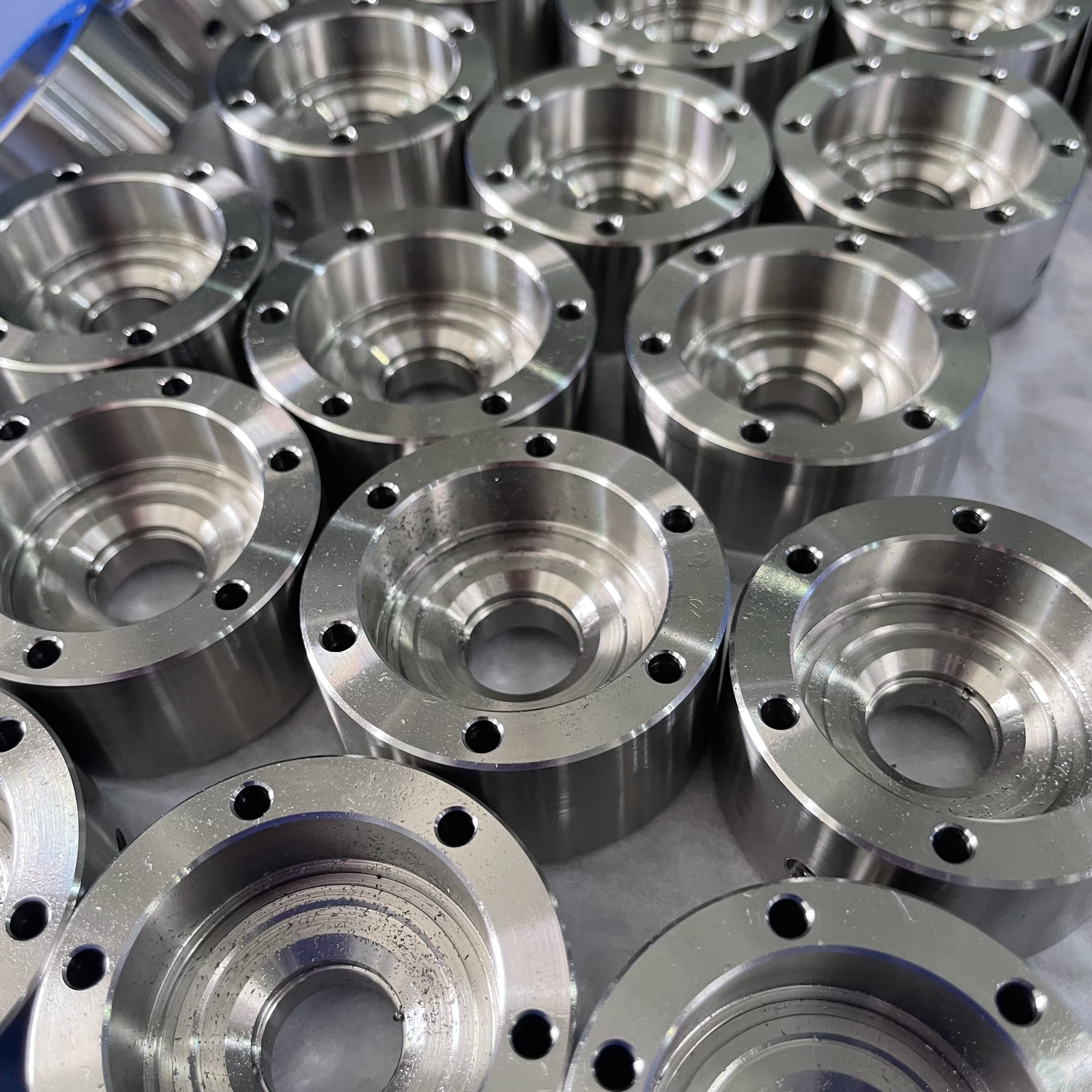Understanding the Characteristics of CNC Precision Machining: CNC Turning Explained

CNC Turning Basics
CNC Turning Overview
CNC precision machining is a vital part of the manufacturing process, and CNC turning plays a crucial role in this domain. Understanding the characteristics of CNC precision machining, especially the CNC turning process, is fundamental for the manufacturing industry. CNC turning involves specific tools and techniques that differentiate it from other machining processes.
CNC precision machining
CNC turning process
CNC lathe process
CNC Turning vs. Other Processes
Distinction from Grinding
When comparing CNC turning with grinding, it's important to note that CNC turning is primarily focused on creating cylindrical parts by rotating the workpiece against cutting tools. In contrast, grinding involves using abrasive wheels to remove material from a workpiece, resulting in a different surface finish and dimensional accuracy. The choice between CNC turning and grinding depends on factors such as the required surface finish, dimensional tolerances, and material hardness.
Advantages Over Waterjet Cutting
In contrast to waterjet cutting, which utilizes a high-pressure stream of water to cut through materials, CNC turning offers distinct advantages in precision and efficiency for creating cylindrical components. While waterjet cutting is suitable for various materials, CNC turning provides superior accuracy and surface finish when working with cylindrical geometries. The decision between these processes hinges on the specific requirements of the project, including material type and design intricacies.
Precision Turning Applications
Precision turning stands out from wire EDM (Electrical Discharge Machining) due to its ability to create precise cylindrical components by removing material using cutting tools. Wire EDM, on the other hand, uses electrical discharges to erode the workpiece into the desired shape. Precision turning is particularly advantageous for applications requiring tight tolerances and smooth surface finishes.
Benefits of CNC Turning
Precision and Accuracy
When it comes to CNC turning, the precision and accuracy offered are unparalleled. The process ensures that cylindrical components are created with exceptional precision, resulting in high-quality end products. The automated nature of CNC turning significantly reduces the margin of error, leading to consistent and reliable results. This level of precision is crucial for industries where exact specifications and tight tolerances are required, such as aerospace and medical device manufacturing.
Versatility and Efficiency
One of the key advantages of CNC turning is its versatility and efficiency. CNC turning machines have the capability to handle a wide range of materials, including metals, plastics, and composites. This makes it an incredibly versatile manufacturing process suitable for various industries. Additionally, the efficiency of CNC turning allows for faster production cycles and lower production costs, making it a cost-effective solution for businesses aiming to streamline their manufacturing processes.
Suitable Materials & Techniques
Materials for CNC Turning
When it comes to CNC turning, the process is incredibly versatile and can accommodate a wide range of materials, making it suitable for various manufacturing needs. Some of the key materials that are well-suited for CNC turning include:
Metals: CNC turning is highly effective for working with metals such as aluminum, steel, brass, and titanium. These materials offer strength and durability, making them ideal for a wide array of industrial applications.
Plastics: The versatility of CNC turning extends to plastics like nylon, polycarbonate, and acrylic. These materials are commonly used in industries requiring lightweight components with excellent chemical resistance.
Composites: CNC turning techniques are also applicable to composite materials like carbon fiber and fiberglass. These materials offer a unique combination of strength and flexibility, making them valuable in aerospace and automotive applications.
The selection of materials for CNC turning depends on various factors including the specific application requirements such as strength, durability, thermal conductivity, and the desired characteristics of the end product.
Techniques in CNC Turning
CNC turning involves a variety of techniques aimed at creating precise cylindrical components with different features. Some common techniques used in CNC turning include:
Facing: This technique involves cutting a flat surface at right angles to the axis of rotation.
Grooving: Grooving is the process of cutting linear grooves on the surface of the workpiece.
Threading: Threading creates external or internal threads on cylindrical components using specialized cutting tools.
Parting: Parting is the process of cutting off a finished part from the raw material stock.
The choice of techniques in CNC turning depends on the specific design requirements and the characteristics of the material being machined.
Understanding CNC Precision Machining
Conclusion: Embracing CNC Precision Machining
CNC precision machining, with its cornerstone being the CNC turning process, stands as an indispensable pillar in modern manufacturing. The exceptional precision and versatility offered by CNC turning make it the preferred choice for creating cylindrical components across a spectrum of industries. A profound comprehension of CNC precision machining, particularly the CNC turning process, is paramount for optimizing manufacturing processes and achieving unparalleled quality and efficiency.
See Also
Deciphering CNC Precision Machining: Key Processes Unveiled
CNC Turning Unveiled: A Beginner's Guide to Precision Machining
Uncovering CNC Machining: Techniques for Turning and Milling
Significance of Precision CNC Machining in Manufacturing Explored
Delving into Precision Manufacturing with CNC Machining Services
About US
Follow Us
Your prototype holds unparalleled significance, and we deeply value its uniqueness. Collaborating with you during the preparation phase for running your prototype or parts is a commitment we gladly embrace. Whether it's a single part or a complex assembly, we are dedicated to selecting the optimal tools and pathways to bring your envisioned product to life.
At Precision Fab CNC Machining, we specialize in producing parts for prototypes, short runs, and high-volume production. Our prototyping machine capabilities extend across metal, plastic, and wood machining, with welding fabrication services available to complement and finalize your prototype if required.
Address
Address: Room320 10F, Building A,Nanshan international building, Dayawan District, Huizhou, Guangdong, 516001 China
Contacts
billy@timaycnc.com

